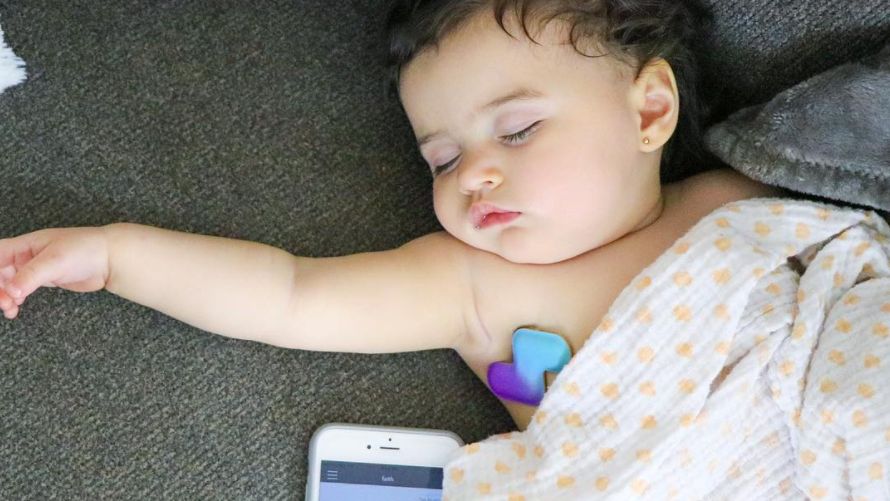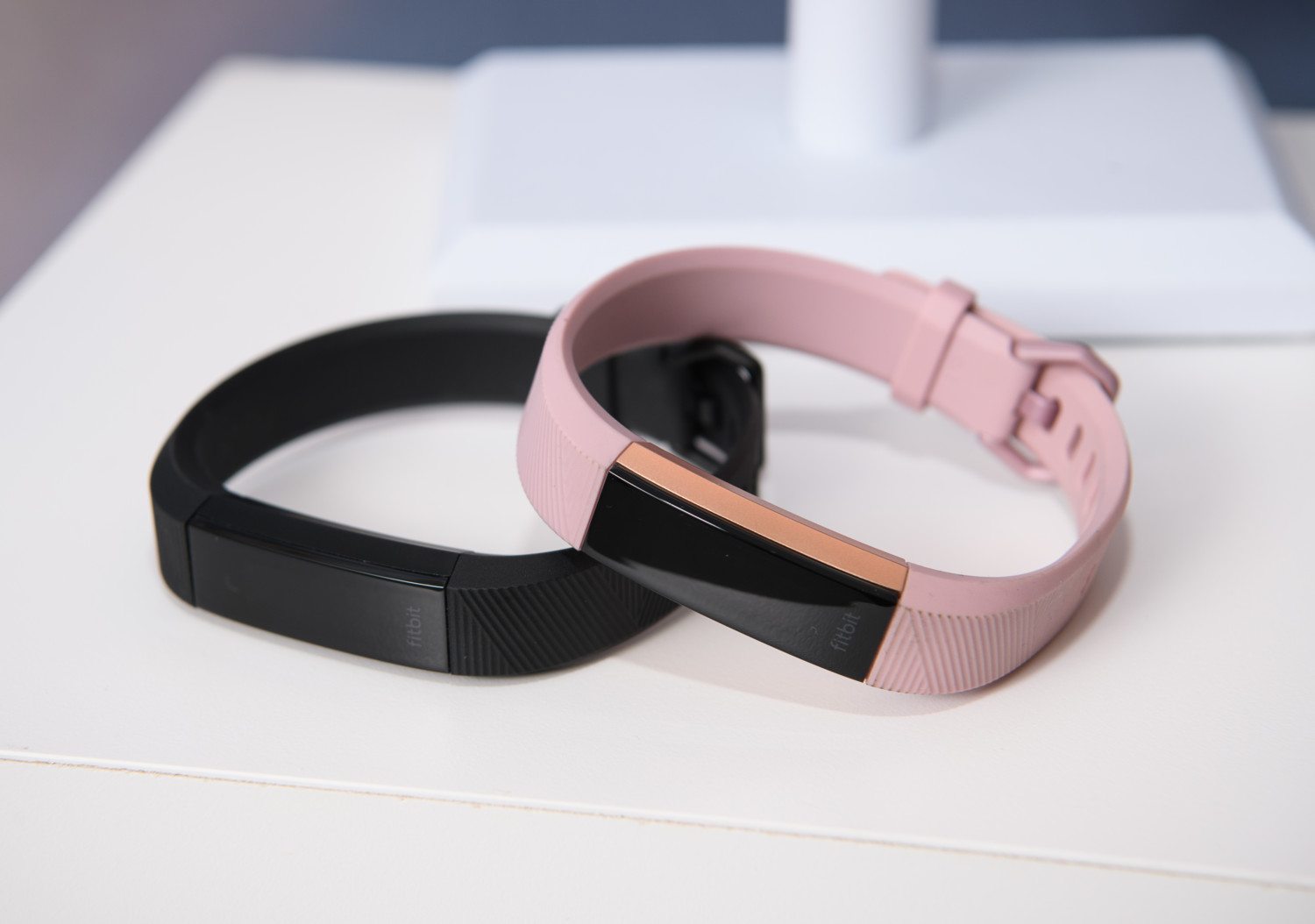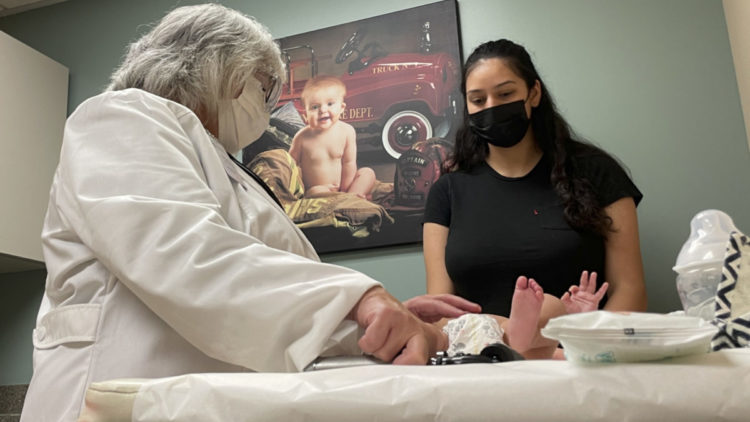Wearable thermometers sound great, but do they actually work?
If you’ve ever taken care of a sick kid with a fever, you know that trying to take their temperature is not an easy task. Kids don’t like being poked and prodded when they’re not feeling well, and it can be difficult for parents to remember to repeatedly check their child’s temperature in order to monitor it for dangerous spikes. Now, a new product, Fever Scout, seeks to change all that.
Fever Scout is a wearable thermometer patch that is worn under the arm, where it continuously monitors your child’s temperature. It then sends the information directly to your smartphone through the accompanying app. It works up to 100 feet away, and you can set up phone alerts so that even if you’re not in the same room as your child, you can get a quick and accurate read on their temperature. Check out this video from Fatherly that shows how the Fever Scout works:
The product is FDA-approved, and the company says that, in addition to babies and children, it can be used with post-operative patients and seniors utilizing in-home care. Indeed, a similar technology was utilized to help researchers gather data to make predictions about seasonal influenza outbreaks in China. Developed at Boston Children’s Hospital, the Thermia online health educational tool works in tandem with the iThermonitor, a patch-like thermometer that continuously monitors temperature, much like the Fever Scout. Because fever is often the first sign of an infectious disease, the researchers were able to use the data to accurately predict influenza outbreaks.
According to experts in the healthcare industry, products like the Fever Scout are only the beginning. “Every day you have more applications, wearable devices that are out there in the market,” Dr. Khaldoun Tarakji, an electrophysiologist at the Cleveland Clinic, told ABC 7. In fact, according to the news station, wearable devices shipped to consumers is expected to reach 130 million by 2018.
One example you might already be familiar with is the Fitbit, a wearable device that allows users to track a variety of health and fitness metrics, such as sleep, heart rate and steps taken. Another such application of this technology is the Ava bracelet, which monitors a woman’s fertility and menstrual cycle by collecting data points that are linked to a rise in reproductive hormones, making the tool an asset for those hoping to conceive.
“Once people can see how wearables can help their health, they’re going to take a more serious look at medical grade devices,” Jiang Li, CEO of VivaLnk, the company behind the Fever Scout, tells Wareable.com. “Those devices are going to be a good link between health care professionals and normal consumers.”
According to online reviews, users are mostly happy with the product. “The Fever Scout wearable thermometer is such a great thing to have when your child is sick,” reads one review. “Once you put the sensor on your child everything is automatically done once it’s programmed into your smartphone. When we started having our children, we had to disturb them every time we needed to take their temperature. If you have kids you know how much fun that is, especially once you’ve gotten a sick child to sleep. I love that we’re alerted if the temp spikes or goes over the temperature we’ve programmed.”
https://www.instagram.com/p/BVYYmb4l4uQ/?tagged=feverscout
Others, however, pointed out potential pitfalls. “Unfortunately, the device just wouldn’t stay put on our 11-month-old. He is too squirmy, and he recognizes it as a foreign object that he intentionally tries to displace….I will not personally use the Fever Scout as a stand-alone temperature monitor, as we found the temperature consistently reads a little cooler than both our on-temple and under-the-tongue thermometers. When I say cooler, I mean a little over a degree, which, when dealing with a fever is a big deal,” read another review.
If you’re interested in trying out the Fever Scout for yourself, it’s available from a variety of retailers, including Target and Amazon, for about $60.







